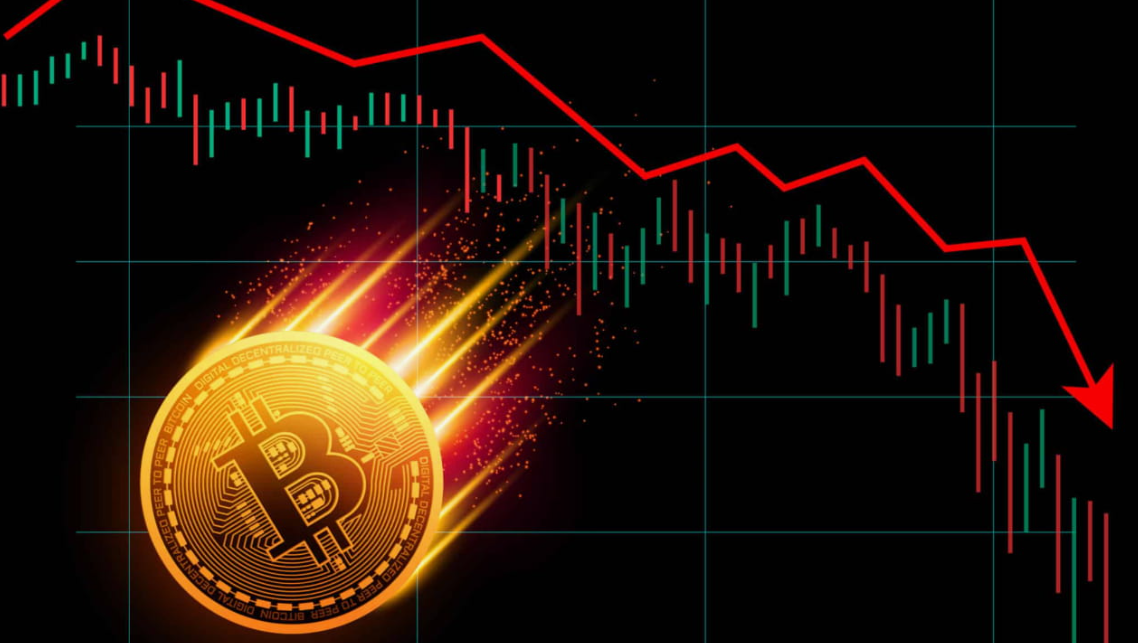Cryptocurrencies have been a hot topic for years, and during Donald Trump’s presidency, the debate over their future became even more intense. From Bitcoin to blockchain tech, the crypto world faced both opportunities and challenges under his administration. Was Trump’s time in office a win or a setback for crypto innovation? Let’s take a closer look.
For financial analysts, traders, and researchers, understanding the relationship between government policies and crypto markets is crucial. That’s why platforms like FXpricing are essential—they provide real-time data and insights to navigate this complex world.
The Big Question: Friend or Foe?
Trump’s administration wasn’t exactly known for embracing crypto with open arms, but it wasn’t all doom and gloom either. There were moments of progress and innovation, along with regulatory challenges that caused headaches for crypto enthusiasts.
Trump’s Crypto Stance: A Closer Look
Trump’s Public Opinion on Cryptocurrencies
Let’s start with the man himself. Trump famously tweeted in 2019:
“I am not a fan of Bitcoin and other cryptocurrencies, which are not money, and whose value is highly volatile and based on thin air.”
Ouch. This statement made it clear that Trump didn’t see crypto as a legitimate form of money. He also criticized Facebook’s Libra project, citing concerns about security and regulation.
Impact on the Market
- Short-Term Decline: After Trump’s tweet, Bitcoin’s price dipped briefly, as investor sentiment took a hit.
- Long-Term Growth: Despite Trump’s criticism, the crypto market continued to grow, showing resilience against negative perceptions.
Regulation Under Trump’s Administration
The Good
- Frameworks for Crypto Regulation
Trump’s administration laid the groundwork for clearer crypto regulations. Agencies like the SEC (Securities and Exchange Commission) and CFTC (Commodity Futures Trading Commission) clarified how cryptocurrencies should be classified and taxed. - Encouraging Blockchain Innovation
While Trump wasn’t a fan of Bitcoin, his administration recognized blockchain’s potential. For example, federal agencies explored blockchain for supply chain management and cybersecurity.
The Not-So-Good
- Increased Scrutiny
Crypto exchanges faced more regulatory pressure during Trump’s presidency. While this helped legitimize the industry, it also created challenges for startups trying to navigate compliance. - Slow Adoption of Crypto-Friendly Policies
Many in the crypto community felt that Trump’s administration missed opportunities to support innovation, especially compared to countries like Switzerland and Singapore.
Ripple Effects on Crypto Markets
Institutional Interest in Crypto
One surprising trend during Trump’s presidency was the rise of institutional interest in crypto. Despite the administration’s skepticism, major players like JPMorgan and Tesla began exploring cryptocurrencies.
Why This Happened
- Economic Uncertainty: Trade wars and low interest rates drove investors to look for alternative assets.
- Crypto Maturity: As Bitcoin and Ethereum gained more adoption, institutions saw them as legitimate investments.
Platforms like FXpricing helped traders and investors keep up with this trend, offering live crypto data and market analysis to make informed decisions.
Blockchain Beyond Bitcoin
While Trump wasn’t a fan of cryptocurrencies, his administration showed interest in blockchain technology.
Blockchain in Government
- Fraud Prevention: The administration explored blockchain to reduce fraud in federal aid programs.
- Supply Chain Management: Agencies used blockchain to improve transparency in supply chains.
This showed that even if crypto itself wasn’t embraced, its underlying technology was gaining traction.
Personal Take: A Mixed Bag for Crypto
As someone who follows the crypto market closely, I’d say Trump’s administration was neither a full friend nor a complete foe to crypto innovation.
The Positives:
- Regulation brought clarity to the market.
- Blockchain tech gained government attention.
The Negatives:
- Trump’s public criticism hurt investor confidence.
- A lack of proactive support slowed U.S. innovation compared to other countries.
For traders, the key takeaway is that politics matter in crypto. Platforms like FXpricing make it easier to track how government policies impact prices, so you’re never caught off guard.
What Can We Learn?
- Government Influence Matters:
Even a single tweet from a leader like Trump can move markets. - Regulation Isn’t Always Bad:
While some feared stricter rules, regulation also legitimized the crypto industry, paving the way for mainstream adoption. - Stay Informed:
Using real-time tools like FXpricing helps you react to market changes driven by political events.
Looking Ahead: What’s Next for Crypto?
While Trump’s administration was a mixed bag for crypto, the industry is only growing. With new leaders and changing policies, the future of crypto innovation will depend on how governments balance regulation with fostering growth.
Whether you’re a trader, researcher, or educator, staying informed is key. Platforms like FXpricing offer the tools you need to stay ahead in this fast-moving space.
FAQs
Q1: Was Trump supportive of cryptocurrencies?
Trump was openly critical of Bitcoin and other cryptocurrencies, but his administration supported blockchain technology and regulatory frameworks.
Q2: How did Trump’s administration regulate cryptocurrencies?
Regulation under Trump focused on clarifying how cryptocurrencies should be taxed and classified, while increasing scrutiny on crypto exchanges.
Q3: What is the difference between crypto and blockchain?
Crypto refers to digital currencies like Bitcoin, while blockchain is the technology behind these currencies. Blockchain has applications beyond crypto, like supply chain management and fraud prevention.
Q4: How did crypto perform during Trump’s presidency?
Despite criticism, crypto markets grew significantly, driven by institutional adoption and global economic uncertainty.Q5: How can FXpricing help crypto traders?
FXpricing offers real-time crypto data, live charts, and market analysis, helping traders make better decisions in a volatile market.





